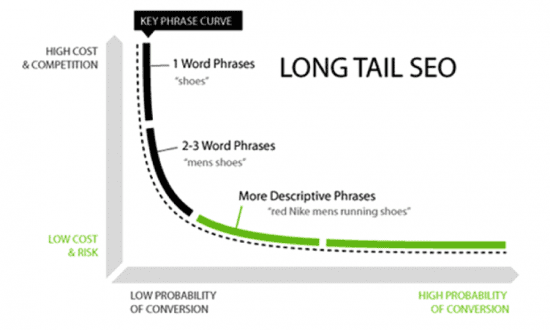Are you following these simple long-tail keyword research steps to improve your SEO?
Long-tail keyword research is fundamental to SEO. It has become a focus for achieving high rankings on google search and when strategized and executed carefully, it can produce very rewarding results.
Why are Long-tail Keywords Important?
A long-tail keyword is descriptive in nature and normally consists of three or more words.
More descriptive phrases are low in cost and risk, yet offer a higher probability of conversion. And, as much as 40% of all search traffic on the internet is driven by long-tail keywords.
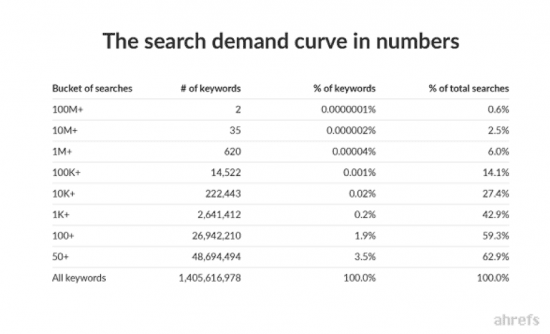
So why spend resources on finding long-tail keywords that will only drive a small portion of traffic, I hear you ask? Why not just focus on main short-tail keywords and drive heaps of traffic right away?
The number one reason for targeting long tail keywords, especially for start-up companies, is that they generate faster results and are more cost-effective. You can spend years and resources trying to rank for ‘men shoes’ but you can rank for ‘blue soft sports shoes for men’ in just a few weeks.
Long tail keywords are less popular, have lower search volume and are less competitive, making it a desirable focus for an SEO strategy.
There are four steps to finding the right long-tail keywords that will deliver instant results in terms of ranking, traffic, and conversions for your online platform.
1. Study your competitors
First, find out who your competitors are and what keywords they are ranking for. Knowing what keywords they are targeting, and how much traffic they are receiving for targeting those specific keywords, will get you started. If your competitor is using a long-tail keyword for its PPC campaign for a few weeks, it means this long tail keyword is driving traffic and you should target it.
Finding your competitors and looking for the keywords they are targeting is simple. There are valuable paid SEO tools that will do this for you such as BuzzSumo, Ahrefs, and SEMRush. Based on experience and results, SEMRush is my favorite, but you need to test them all and see what gives your company the best results.
Let’s take a look at one start-up company’s keyword research – PakFactory. By using PakFactory’s SEMrush Domain Overview, it can determine the company’s competitors based on its website’s data intelligence: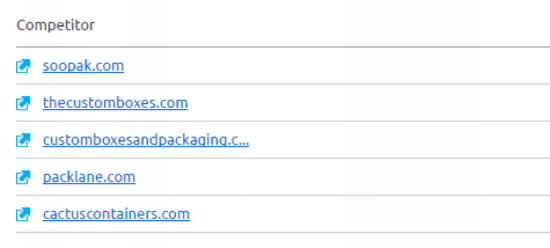
By clicking on the link of each competitor, you can check out what keywords they are targeting through their own domain overview and how much traffic each keyword is driving.
You’ll find tons of keywords that your competitors use to drive traffic, but how do you know which ones to target? This brings us to the next topic, knowing your main keywords.
2. Know your main keywords first
Do you know your 10 most important keywords that will be used as the foundation of your future google ranking success?
Before looking into your long-tail keywords, it’s important to have a clear idea of what your main keywords are prior to researching your long tail keywords. Why?
Your long tail keywords are the descriptive version of your main keywords. In other words, you need to know your main keywords clearly before you can generate your long tail keywords.
Your main keywords should consist of:
- 3 or fewer words
- Medium to high competition (relative to the industry)
- Higher than 200 monthly searches on Google Keyword Planner (on average)
- Higher than 200 organic searches on SEMRush (on average)
- Targeted by one or more of your competitors
Main keywords are what will eventually drive the most traffic to your website after you’ve mastered long-tail keywords. There are some helpful tools that are helpful in finding main keywords:
- Google Keyword Planner
- KeywordTool
- Accuranker
- Google Trends (predicts what keywords are expected to grow in specific industries)
It is important to keep track of your main keywords’ ranking fluctuations because they will serve as an indicator to whether your long tail SEO activities are working or not.
Once you’ve found your 5 to 10 most important main keywords, the rest of the steps become a lot easier. These main keywords will help you identify relevant long-tail keywords suitable for your online platform.
3. Determine your long-tail keywords
The data from your competitors and main keywords will help you generate the relevant long-tail keywords you are targeting. Let’s assume your main keyword is ‘Trade Show Displays’.
This keyword will be used to determine what type of long-tail keywords you should select and target. Any long-tail keyword that is either directly or indirectly relevant to your main keywords should be included in the list.
You can use the same tools mentioned above to find your long-tail keywords.
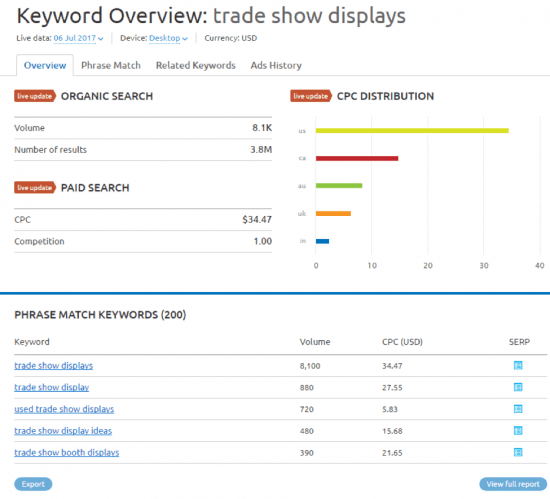
Your long-tail keywords must be relevant to what you are targeting. For example,
Main Keyword: Trade Show Displays
Long Tail Keywords: Trade Show Displays Toronto, Trade Show Poster Display, Fabric Trade Show Exhibit Displays, Ipad Display Stand Trade Show
The idea is to find as many long-tail keywords as possible that have low to medium search volume as these keywords will help you rank easily and drive traffic almost instantly.
Your long tail keywords should consist of:
- 3 or more words
- Low or medium competition (relative to the industry)
- Fewer than 100 monthly searches on Google Keyword Planner (on average)
- Less than 150 organic searches on SEMRush (on average)
- Been targeted by one or more of your competitors
Incorporate these long-tail keywords in your landing page’s content, continue to optimize your website for more long tail keywords, and make sure your website is search engine friendly in terms of design, layout, and speed. All of these factors will play a role in gaining faster results and eventually help increase the rankings of both your long-tail and main keywords.
When you start targeting long-tail keywords, a major portion of organic traffic will be driven by these keywords compared to a small portion of traffic by main keywords at the beginning stage of your online platform.
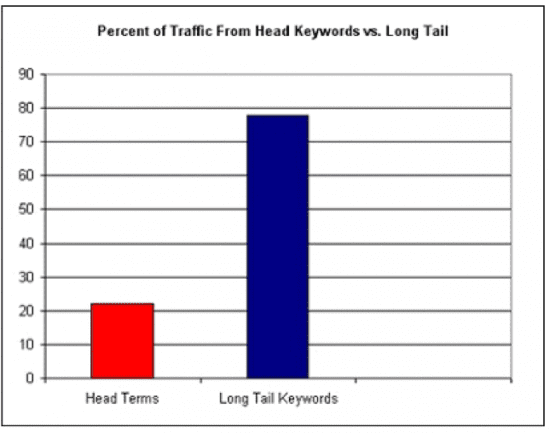
4. Track your keyword activity consistently
The reality of SEO is that not all of the keywords you plan to rank for will deliver the desired results, which is why tracking the activities and changes to your keywords becomes a very important task.
Tracking keywords in terms of their ranking, conversion, profitability, and lifetime value consistently will help guide you on which keywords to optimize and focus on and the keywords that will potentially bring the most success to your online platform.
SEMRush Project Ranking Tool will help you identify the position of your keywords on a daily basis. You can also check how your keyword ranking compares to your competitors.

Tracking new and existing keywords and implementing them into your website should be one of your top priorities as this activity can boost your rankings dramatically.

